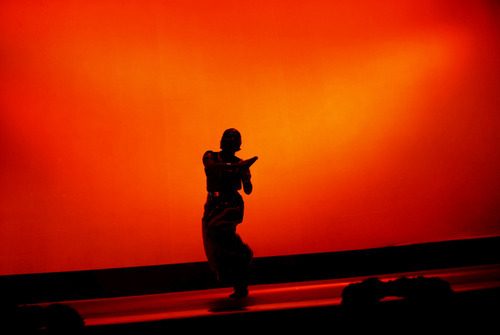
Ballet

The performance dance style known as ballet traces its origin back to the fifteenth century during the Italian Renaissance. The popularity of the form caused it to be spread around the world and was of particular interest to Russian dancers, who developed the dance style into a concert dance. Since that time, the technique has become popular around the world and become a highly technical form of dance which uses its own vocabulary based on French terminology. As ballet travelled around the world, it had a significant influence on other dance styles and helped to define the foundational techniques that are used in nearly every form of technical dance.
Ballet is taught in some form at nearly every dance school across the world, with numerous specialist schools existing which teach ballet at the highest level. The specialist schools are generally geared towards training ballet dancers who will be performing professionally as a career.
A ballet is a work that consists of choreographed dance to music and is usually called a ballet production. Performing a ballet generally requires highly tranced ballet dancers who have been practising for years to master their craft. Traditionally, ballet has always been performed to classical music, although several contemporary ballet productions have decided to break this trend, and go down more experimental routes; this sti ll remains less common than traditional ballet. The neoclassical works of the American choreographer George Balanchine are noted for their use of simple costumes and lack of elaborate scenery, contrasting regular ballet performances, that make heavy use of costumes and backdrops during the performance.
ll remains less common than traditional ballet. The neoclassical works of the American choreographer George Balanchine are noted for their use of simple costumes and lack of elaborate scenery, contrasting regular ballet performances, that make heavy use of costumes and backdrops during the performance.
The earliest ballet performers were often amateurs who were noblemen and woman performing at the court of a king or queen in Europe. They would often wear elaborate costumes which were designed to impress spectators, rather than to add to the performance of a piece, given that many of the costumes would profoundly restrict the wearer’s freedom of movement while performing.
French court ballet became highly popular under the reign of King Louis XIV, who would go on to found the Academie Royale de Dance in 1661. The French Royal Dance Academy was designed to both train dancers, as well as to establish standards for ballet, and ensure that instructors were qualified to train dancers. It was from the Royal Academy that the very first professional ballet company, the Paris Opera Ballet, was founded. The founder was Jean-Baptiste Lully, who was the director of the Academie Royale de Musique at that time. Pierre Beauchamp served as the ballet-master, with the pair’s experience in the music industry being beneficial to ballet, and helping to propel it to become one of the most recognisable dance styles in the world.

Viennese Waltz
You May Also Like

Viennese Waltz
October 9, 2019
Wallpaper Design Ideas that Best Express Movement in Dance Studios
February 17, 2025

